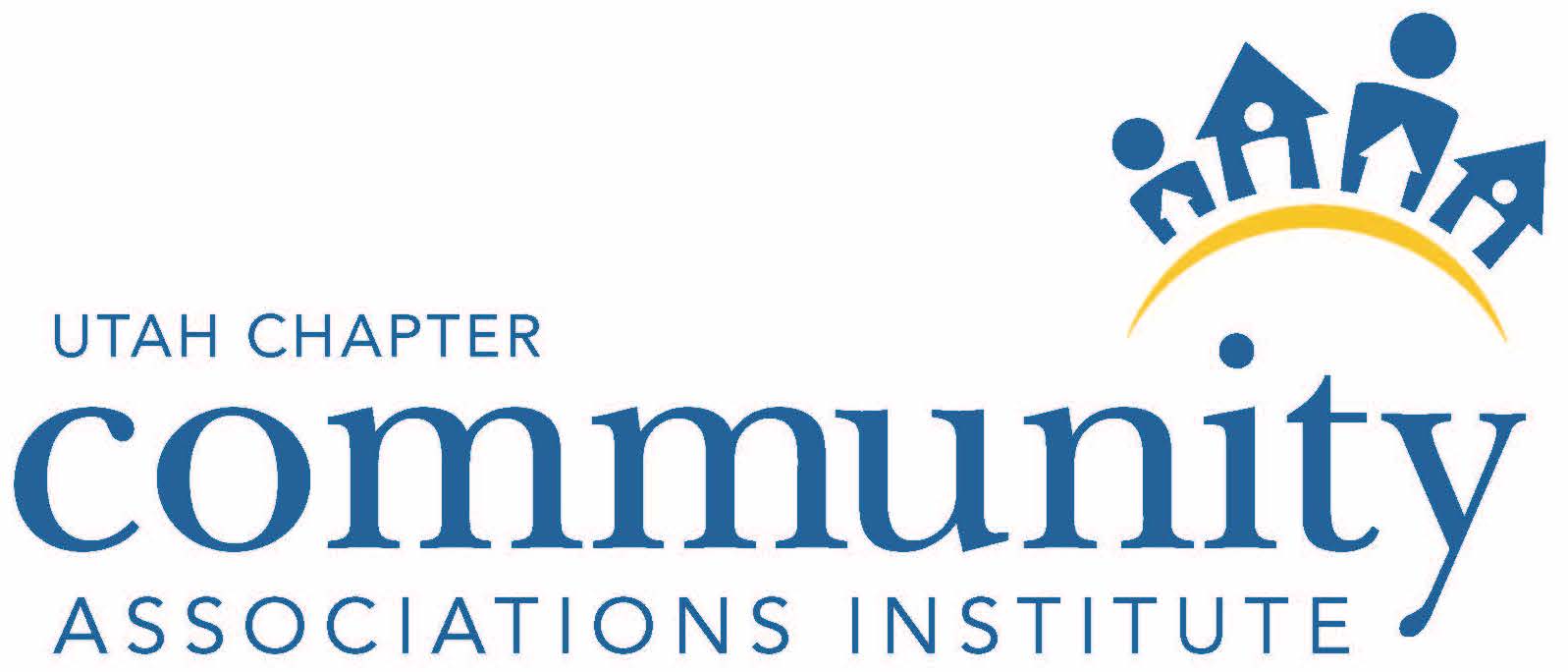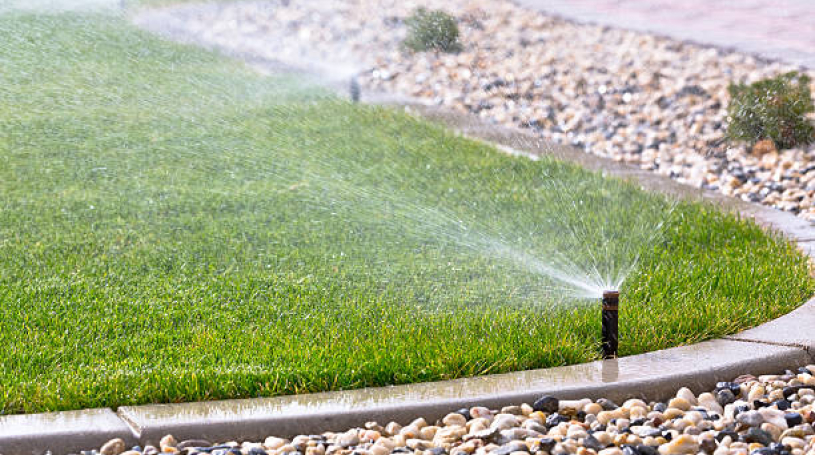Let's Talk About Utah Water Rebates!
by: Brian Webster, General Manager SunWest Management
No doubt you have heard some buzz about incentives for replacing grass with other plants, trees, or shrubs. Utah is the first to have a statewide coordinated program to encourage homes and businesses to be water-smart in their landscaping.
And, if I can offer my two-bits of commentary as we begin, I really like the approach that the state and many of the cities have had with this. The goal is not to replace landscaping with hardscapes and heat producing yards. Rather, the emphasis is to limit grass to functional spaces and choose plants and trees that require much less water to fill the rest of our yards. I think as we incorporate new guidelines in construction and maintenance of our yards and businesses, we’re going to find more curb appeal and less maintenance go along with the water benefits.
AND, really, the point that seals the deal for me, when grass is limited to the functional areas, the enjoyment factor is not compromised. I was in a meeting with Zach Rendstrom, from the Washington County Water Conservancy District, last year. Zach’s comment was something like, “if the only time you step on the lawn is to mow it, it’s not functional.” So, we can be smarter about where grass is placed, be smarter about how we care for the grass we have, all without giving up on any of the enjoyment of being in a beautiful yard. And I think that’s the approach here.
Okay, back to the rebate program. Rebates are available in municipalities where water efficient standards have been adopted. To help end-consumers, the four largest water districts in the state have teamed up, and collective information can be found at utahwatersavers.com.
While restrictions and programs vary slightly in each region, here’s the basics:
- You need to have grass, that’s currently being maintained, to be eligible for the rebates. Residential, commercial, institutional, industrial, there’s rebates there. You just need grass and an account in good standing (payments current with your city, or whoever you pay for water).
- Project must be located within a city or area that has implemented water efficient landscape standards.
- Participation requires pre-authorization. Don’t start the project until you have been approved.
- Drip irrigation systems are required in converted areas. Overhead sprays or excessive hardscapes are not permitted.
- Grass is prohibited on park strips, slopes, and in areas less than 8-feet wide.
Again, utahwatersavers.com has information specific to each water district. As an example of the information found there, here’s the rebate chart (as of 4/28/2023) by district from utahwatersavers.com:
There’s a lot of info on the chart, but really, it’s simple. You create an account on UtahWaterSavers.com and they’ll guide you through the process depending on your water district and city.
The part I want to highlight is emphasizing where I think the guidelines here are on-point. You’ll notice the intent here is not to rip out all the grass and only replace it with artificial turf or hardscape. Generally, you need to have 50% of the area still have plant coverage. That’s makes a lot of sense to me. We don’t want to live in an urban hot box. We can be careful about the water needs to maintain our landscaping while still producing beautiful yards, where we want to spend time.
Besides landscaping rebates, the water districts also have other programs to incentivize lower water use. For example, some are offering rebates for switching to lower flow toilets and smart controllers for irrigation systems. Again, the advice is to check with your water district (or City) about current programs and the requirements before you begin.
Here’s to each of us, individually, being a little smarter about how we use water. Together, we can make a big difference!
Brian Webster, CMA® CMCA® AMS®
General Manager, SunWest Management


